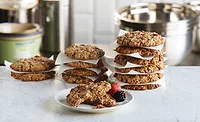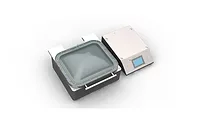Packaging trends keep snacks and baked goods fresh and safe through shelf life
Modified-atmosphere solutions and active packaging technologies lead developments in packaging safety
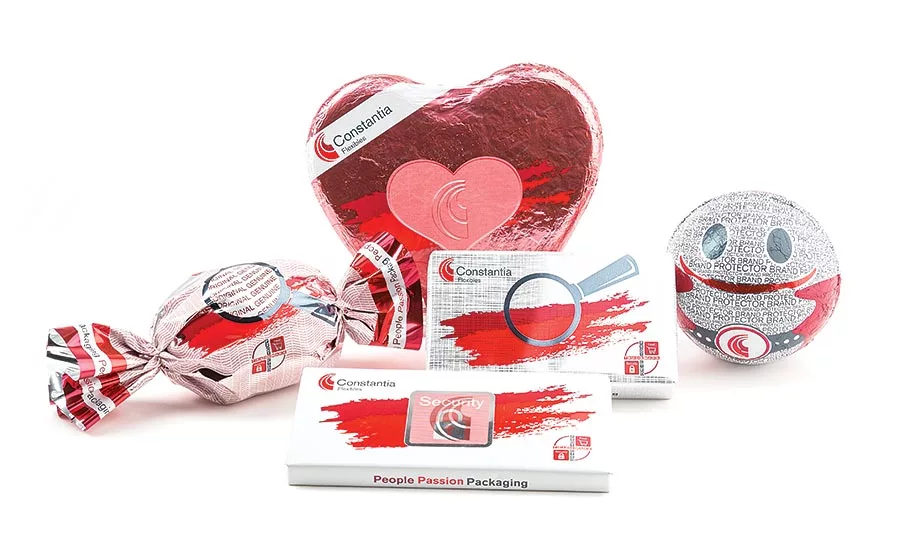
courtesy of Constantina Flexibles Group
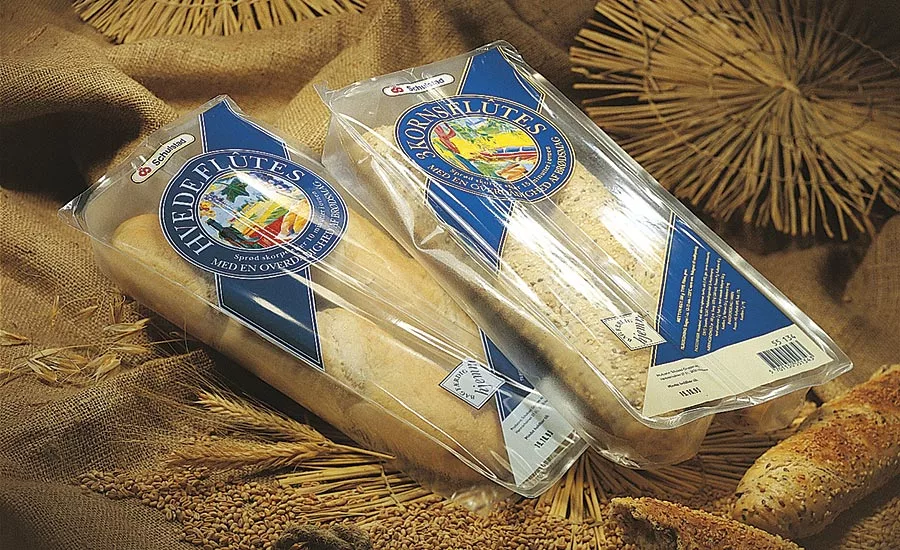
courtesy of Multivac
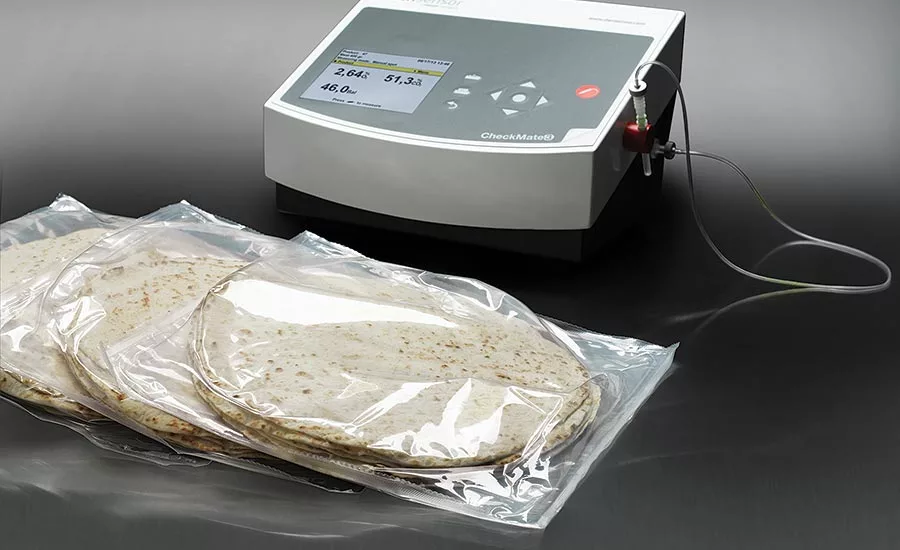
courtesy of AMETEK MOCON
New packaging materials and technologies are available to keep snack and bakery products fresh over the course of their expected shelf life, and to actually extend that shelf life. These innovations include modified-atmosphere packaging (MAP) solutions and active packaging, often in combination with the latest packaging material technology.
A safe environment
MAP is a process by which the atmosphere within the package is modified so that spoilage is reduced and shelf life is increased. The key is to seal the food product in a package that contains a mixture of natural gases in carefully controlled proportions that slow down the process of decay by inhibiting oxidation and the growth of microbes.
Sophisticated machinery is required to flush out air from the packaging chamber and replace it with a different gas or precisely defined mixture of gases, then seal the product in the package so that only the modified atmosphere surrounds the product. Technologies are available to ensure that the gas mixture is correct and that there are no leaks.
The challenge with shelf life in most food categories is the elimination and reduction of additives and preservatives while pursuing the clean labels that are in demand by consumers, according to Jorge Izquierdo, vice president, market development, PMMI, Reston, VA. “MAP has been used extensively in the snack space for several years. With more meat and dairy products going into the snack category, the need for alternative packaging technologies to extend shelf life in this category has grown.”
Currently, the trend is toward using transparent packaging or packaging with windows, according to Petr Langáš, sales manager, food division, Constantia Flexibles Group GmbH, Vienna, Austria. “We also are working on keeping the barrier in the pack. The seal area is often a weak point. In response, we have developed Constantia CompresSeal, an embossed polyethylene that provides seal integrity even at high speeds.”
Different types of barrier materials are needed to keep food fresh, depending on the nature of the product and its desired shelf life. Georgia Gu, senior global application specialist, AMETEK MOCON, Minneapolis, offers the following guidelines:
- For snacks, if crispiness is an important product attribute, a moisture barrier film is needed. If the product has high fat content and oxidation is a concern, a material that provides a suitable oxygen barrier is necessary. For longer shelf life, materials that offer both oxygen and moisture barrier could be used, combined with nitrogen-flushed MAP.
- In-store bakery/fresh products typically have a one- or two-day shelf life, so bags made with polyethylene, bi-oriented polypropylene or linear low-density polyethylene film are typically used. Packaged bakery products typically require a longer shelf life, so a barrier film along with MAP is needed.
Brandon Woods, director of sales, LeMatic Inc., Jackson, MI, says his company can add different barriers to extend product shelf life, or gas-flush the package. “A compound such as metallocene can be added to low- and high-density resins to provide increased strength to packages that will be placed inside freezers. We also manufacture a package that has six different compartments. This means the end user will only need to open what he or she needs instead of opening the entire pillow.”
By using MAP, it’s possible to take products such as gluten-free bread or par-baked baguettes out of the freezer and display them in-store, according to Cem Yildirim, market development sales manager, Multivac Inc., Kansas City, MO. “These products are perceived to be fresher simply by virtue of being sold at ambient temperature.”
Looking for quick answers on food safety topics?
Try Ask FSM, our new smart AI search tool.
Ask FSM →
A question of materials
Multivac manufactures thermoforming machines that pack baked goods in flexible and semi-rigid materials under vacuum and MAP to preserve products such as gluten-free baked goods, sliced breads, par-baked baguettes, breakfast sandwiches and frozen pizzas. Next year, the company will replace clamshells with thinner, thermoformed trays sealed with re-closeable, flexible lids. “The resulting package will offer all the performance of MAP while improving cube-out for distribution and display,” Yildirim says.
Sealed Air Corp., Charlotte, NC, manufactures active barrier films that prevent oxygen from entering the package for extended periods of time. The company also manufactures bakery films with oxygen-scavenging capabilities that remove oxygen from inside the package, thus preventing mold growth. The company works with bakeries throughout North America to extend the shelf life of specialty breads.
“We have seen success with both types of bakery film technology for several different applications. Manufacturers appreciate the extended shelf life and the reduction in waste these films deliver,” says Scott Corey, director of marketing, center store/adjacent markets, Sealed Air.
In addition to MAP options that can keep baked goods fresh beyond 40 days, Sealed Air offers CryovacFreshness Plus, an active packaging solution with odor-scavenging properties designed to extend shelf life. Linde LLC, Bridgewater, NJ, offers dedicated gas mixtures for MAP that enhance product quality and extend shelf life. The company also manufactures cryogenic chillers and freezers, which firm up products prior to packaging.
Cryogenic freezing can be used to improve the handling characteristics of raw cookie dough in order to speed production and packaging operations, says Erik Fihlman, program manager, bakery and prepared foods, Linde. The company works with processors to optimize cryogenic solutions that either fully freeze or crust-freeze cookie dough.
“The raw cookie dough can be difficult to smoothly process once the dough is made. Handling and forming of cookie dough can vary with temperature, which can affect the repeatability of slicing and stacking operations, especially at higher production volumes,” Fihlman explains.
“In-line cryogenic processing with liquid carbon dioxide or liquid nitrogen offers significant advantages in speed, space and efficiency over other chilling or freezing methods,” continues Fihlman. “The depth of freeze on the cookie dough depends on the specific production process. The Linde food team considers dough ingredients and moisture levels, the shape and thickness of raw cookies, and production factors in engineering a system to apply the desired level of freeze while optimizing the use of cryogen.”
Advances have been made in tamper-resistant materials and technologies, as well, says Izquierdo. “Traditionally, shrink bands and sealed films have been used for tamper-evident applications. In the case of bakery and snacks, new clamshell designs are becoming popular. They don’t require a shrink band, they are easy-to-open and make a point for sustainability because they are made of recycled materials.”
Cryovac Multi-Seal FlexLOK delivers a hermetic-sealed package designed to ensure the integrity of bakery products. The packaging features a resealable, adhesive design that delivers consumer convenience and processing flexibility for a wide range of applications. The package offers 360° label orientation and is compatible with semi-rigid or flexible forming webs, or pre-made trays. To enhance branding, the package offers up to 10-color, full-process print.
Progress also continues in the area of active and intelligent packaging (A&IP) materials, according to Andrew Manly, communications director, Active & Intelligent Packaging Industry Association, Utrecht, the Netherlands. “For example, a plastics producer in Brazil is developing an additive that is anti-microbial but also changes the color of the plastic film when the product’s condition changes. This has the potential to be a major breakthrough, because most A&IP components now in use are invisible.”
Manly says that more snack products are being marketed with A&IP features such as QR codes that are accessible by smartphones. “For example, Kellogg’s recently introduced a Super Mario cereal with a built-in NFC (near field communication) tag on the pack that gives consumers access to features of the Nintendo game. Applications such as this will continue to be a major success story for the adoption of A&IP.”




